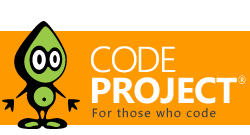Press Releases
The audience of a Press Release is writers and journalists, not consumers. A press release promotes your news, not your product. Press Releases are not advertisements and anything resembling an ad will be removed.
Advertisements, promotions, or anything smelling even vaguely of spam will be deleted. All press releases must be relevant to the development community.




